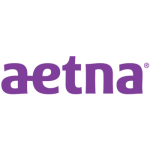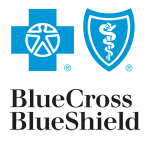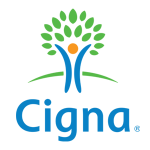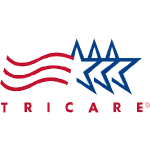Alchohol Addiction
Alcohol Addiction Treatment in Naples, Florida, has persistently increased in importance at an all-time record. I have tried to explain why addictions prevail, but I have no definite answers. However, I do see specific patterns that include 1) Nothing to do, 2) a great deal of spare time, and 3) available money to spend. The latter is often seen when people either are in retirement or are the unfortunate circumstances of disabilities. The alcohol industry profits from children and has no economic incentive to reduce underage drinking. Underage drinking accounts for $22.5 billion of the $116.2 billion total spent on alcoholic beverages by consumers annually. This, coupled with the fact that the average age at which children begin drinking is 12 years old, presents an alarming cost to society. South Florida and Naples Florida Alcohol addiction is relatively high compared to the rest of the country. Fortunately, Alcohol treatment in Naples and South Florida is now more readily available. Addiction recovery has now developed into state of the art, outpatient treatment that does not require substantial time away from work.
Usually, the challenge to alcohol treatment is to detox a patient without inpatient hospitalization. The more complicated cases, such as when the patient has suffered from alcohol hallucinations, require inpatient treatment using Librium, Ativan, Klonopin, or Valium. Roughly 3% of persons with alcoholism experience psychosis during acute intoxication or withdrawal. Approximately 10% of patients, who are dependent on alcohol, have a withdrawal experience that includes severe withdrawal symptomatology, including psychosis. Alcohol Detox and withdrawal can now be accomplished as an outpatient with the presence of daily family support and daily outpatient visits for at least seven days. The need for inpatient hospitalization is often averted provided that alcohol dependence is not complicated by other medical problems such as cirrhosis of the liver.
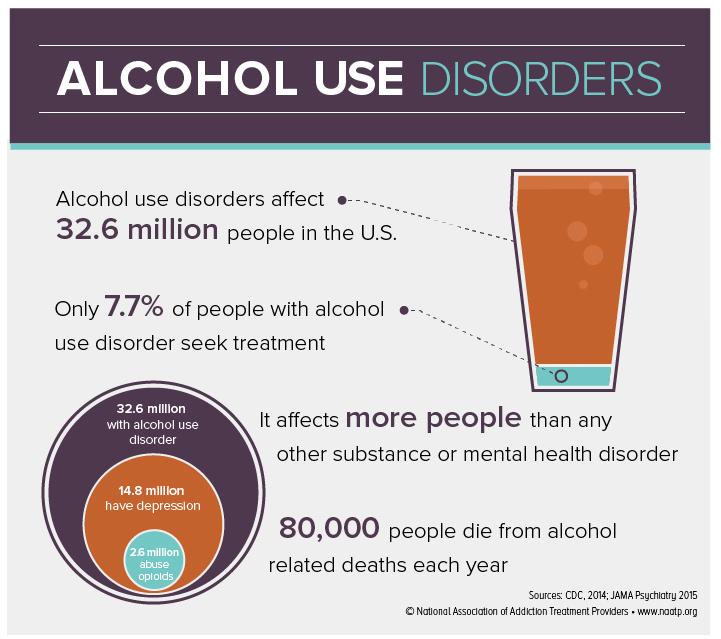
Outpatient treatment of Alcohol addiction is done in Naples and South Florida with new medications that permit you to live your life. Various medications used during an outpatient medical treatment plan of alcohol addiction include Vivitrol, Campral, Revia (naltrexone), and newer off label use of medications such as Topamax. These drugs have shown good results, but take a while before you can begin to see the reduction of anxiety and cravings.
Prometa Treatment Program for alcohol dependence continues to show the most rapid results, in my practice, for alleviating anxiety from alcohol, reducing the craving for alcohol, and improving the cognition (mental clarity) that was impaired during alcohol addiction.
Patients, who self-medicate with alcohol, often have undiagnosed, secondary disorders that are relevant to their addiction, including Social Phobia, Anxiety disorder, and Depression, Bipolar II. These disorders are related to perhaps the most significant reason for alcohol relapse; the inability to cope with anxiety. The traditional Alcoholics Anonymous fellowship has been around for many years with a treatment philosophy that is unmatched by similar groups. AA has helped many lives since its inception; the concept that the medical disease can be treated only with sponsors and frequent meetings has many merits. However, the traditional principle that no other medication should substitute the alcohol to treat the disease needs to be revisited. The approach of merely enduring or tolerating daily sobriety through strong will and support is not enough to wholly treat a patient with medical diseases that include alcohol dependence.
As I stated before, I hold the belief that patients are adequately intelligent in order to understand their condition and that patients deserve to be sincerely included in identifying reasons for and treatments for their disorders. The treatment programs used in my practice emphasize these beliefs. Unlike a fellowship, a medical treatment program can provide the support needed to comprehend the reasons for alcohol addiction. Thus harboring the principle that this knowledge is not a distraction, but instead an asset to recovery.
I have added this data to compound upon the significance of the growing problem of alcohol dependence in this country. This data is directly from the Office of Applied Studies in regards to youth and substance abuse:
- On an average day in 2006, youth used the following substances for the first time: 7,970 drank alcohol for the first time, 4,348 used an illicit drug for the first time, 4,082 smoked cigarettes for the first time, 3,577 used marijuana for the first time, and 2,517 abused pain relievers for the first time.
- Youth who used alcohol in the past month drank an average of 4.7 drinks per day on the days they drank, and those who smoked cigarettes in the past month smoked an average of 4.6 cigarettes per day on the days they smoked.
- On an average day in 2005, the number of youth admissions to substance abuse treatment were referred by the following sources: 189 by the criminal justice system; 66 by self-referral or referral from other individuals; 43 by schools; 37 by community organizations; 22 by alcohol or drug treatment providers; and 18 by other health providers
- In 2006, nearly one-third of United States adolescents between the ages of 12 to 17, or more than 8 million adolescents drank alcohol in the past year.
A question I get asked a great deal is, “How much alcohol is too much?”
If we define the consumption as follows:
- Binge use – Five or more drinks on the same occasion (i.e., at the same time or within a couple of hours of each other) on at least one day in the past 30 days (includes heavy use).
- Heavy use – Five or more drinks on the same occasion on each of 5 or more days within the past 30 days.
Then the 2006 statistics for alcohol abuse in the United States is staggering:
- More than one fifth (23.0 percent) of persons aged 12 or older participated in binge drinking at least once in the 30 days prior to the survey. This translates to about 57 million people, a number that is consistent from year to year. In fact, the rate found in 2006 is similar to the rate in 2005 (22.7 percent), which means that the findings of the survey are not an irregularity.
- Heavy drinking was reported by 6.9 percent of the population aged 12 or older, which is roughly equal to 17 million people. Again, this percentage is similar to the rate of heavy drinking in 2005 (6.6 percent).
Outpatient Alcohol Treatment in Naples and South Florida is available in my office. Addiction Recovery and my treatment approach is a combination of detox, nutritional, and medication management, with the integration of group and individual therapies. In complicated cases, it is often necessary to hospitalize. Call for an Alcohol evaluation to see what the best treatment plan will be for you to start alcohol addiction recovery.
